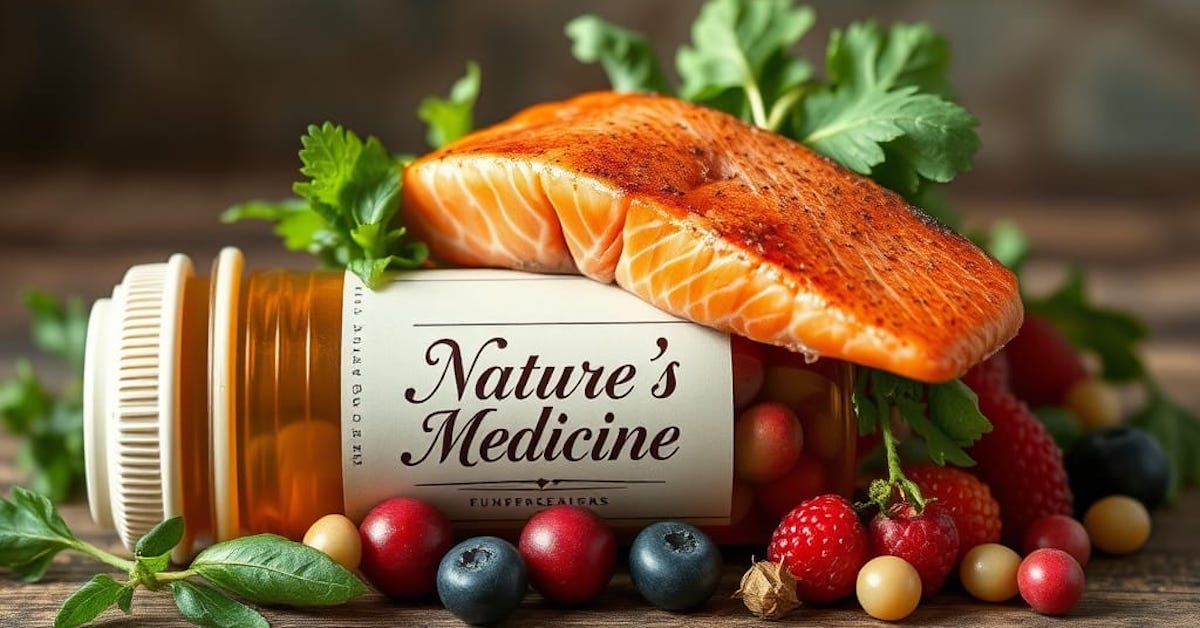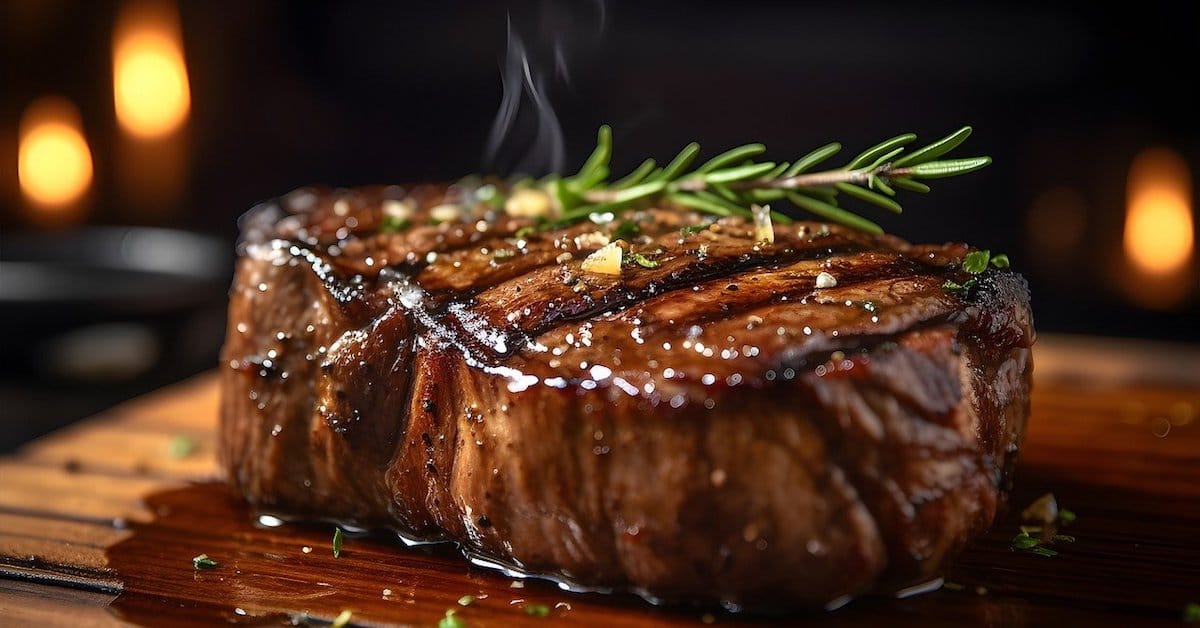Curt Richter was a scientist well ahead of his time. His research in the 1930s and ’40s demonstrated how specific behaviors help maintain internal balance—what we now call homeostasis. More than 70 years later, his work may hold the key to better managing diabetes.
Take a moment to read this passage carefully. It’s from Curt Richter: A Life in the Laboratory by research professor Jay Schulkin:
PANCREATIC DAMAGE AND EXPERIMENTAL DIABETES
Richter noted that activity patterns were reduced in pancreas-damaged rats and inferred that this might be due to their insufficient capacity to use carbohydrates (Richter and Schmidt 1939, 1941). In several experiments, he and his colleagues ablated rats’ pancreases and then determined the long- and short-term choice patterns of the rats. The rats’ water intake was elevated by a number of dietary conditions. Richter made two sets of essential observations. One was that the rats avoided carbohydrates. Richter assumed that animals avoided what they could not use and what was health threatening. The elevated level of glucose in their plasma was part of the reason the rats drank more water and, Richter noted, was a result of their diet. The second important phenomenon Richter observed was enhanced oil ingestion by the rats. In further tests with varied diets, Richter and his colleagues expanded their findings of carbohydrate aversion and enhanced oil appetite in the pancreas-ablated rat (Richter, Schmidt, and Malone 1945).
Richter and Schmidt also observed that insulin administration ameliorated the diabetic effects of pancreatic ablation, causing rats to reduce their intake of olive oil and begin ingesting sucrose in greater amounts. Subsequent studies would corroborate and extend Richter’s findings by demonstrating that dietary manipulations affect oil and carbohydrate acceptability (Friedman et al. 1985).
Richter, Schmidt, and Malone (1945) described the case of Walter Fleischmann, an investigator and physician from Vienna who worked at the Harriet Lane Home for Invalid Children at Johns Hopkins Hospital. Fleischmann reported that, instead of using insulin, he kept his mild diabetes under control by ingesting lard. Fleischmann, interestingly, was also part of the original group that observed the young boy who ingested salt to compensate for adrenal insufficiency. It is quintessential Richter to make the connection between the adrenal-damaged child ingesting table salt and the use of lard or fat by a mild diabetic.
This message extends beyond diabetes. Alzheimer’s disease—often called type 3 diabetes—is growing at an alarming rate. It, too, may benefit from Richter’s early insights.
Maybe we’re going about the treatment of type 2 (and even type 3) diabetes all wrong. The conventional high-carb dietary approach, paired with medication, may not be the answer. Yes, autoimmune triggers, endocrine disruptors, and other complex factors are often involved—but perhaps the first step in treatment should be to reduce carbohydrate intake, increase dietary fat, and adopt a regular exercise routine to improve insulin sensitivity.
In fact, that’s exactly what a group of Australian Aborigines did—and they reversed their diabetes. Read about it here.
It seems reasonable to try this primal approach before things get out of hand. Once diabetes gains steam, it can be incredibly hard—if not impossible—to reverse. I’ve witnessed the devastation this disease can cause firsthand, and the conventional approach offered little to no help.
Over 15 years ago, I had a client who passed away from diabetes. I wanted to help him while there was still time, but he couldn’t take my advice.
Tomorrow, I’ll tell you why.

How One Man Reversed His Diabetes Naturally in Just 7 Days
Not long ago, a couple in their mid-fifties came to see me for help with their health. Both were overweight,

Meat: A Friend, Not a Foe
A new meta-analysis confirms what I’ve been saying for years: minimally processed beef has minimal to no impact on most

Wake Up, America: You’re Headed in the Wrong Direction!
Over the past three decades, the health of Americans has taken a dramatic downturn. What was once a rarity has
follow
Error: No feed with the ID 2 found.
Please go to the Instagram Feed settings page to create a feed.
